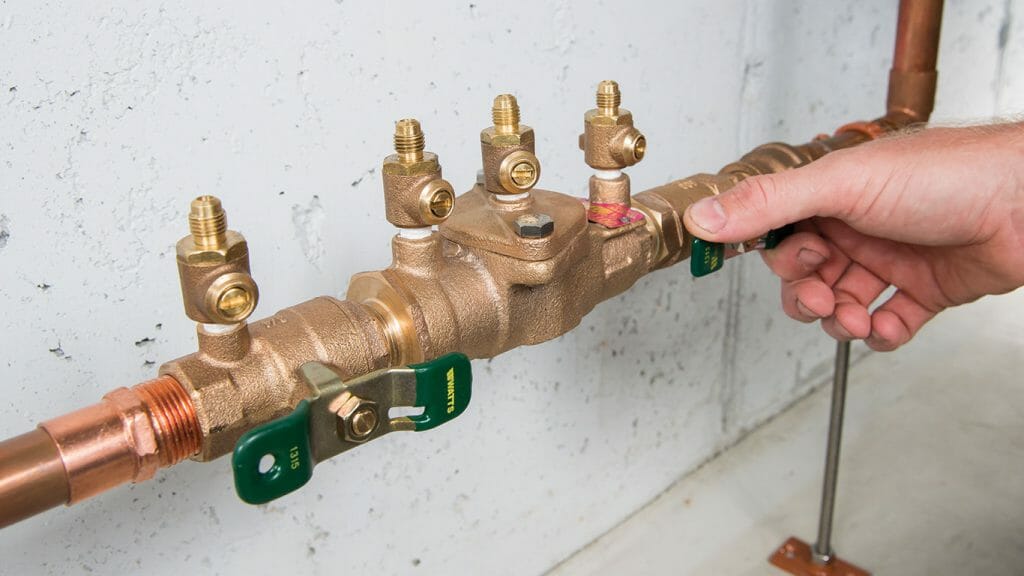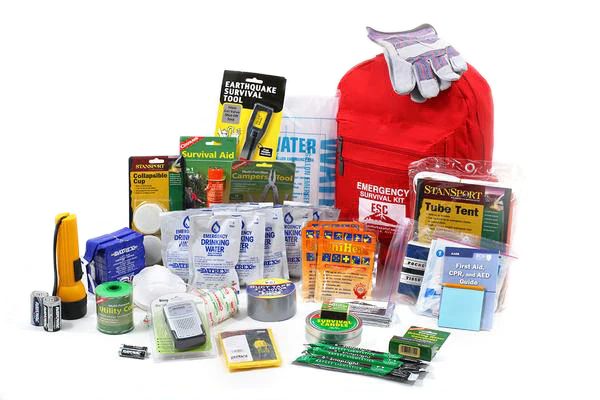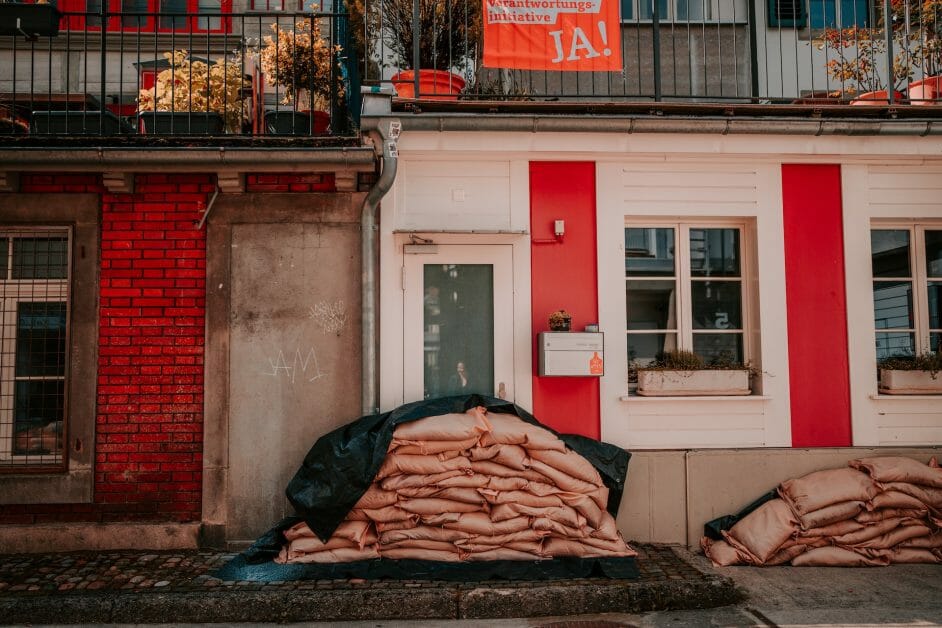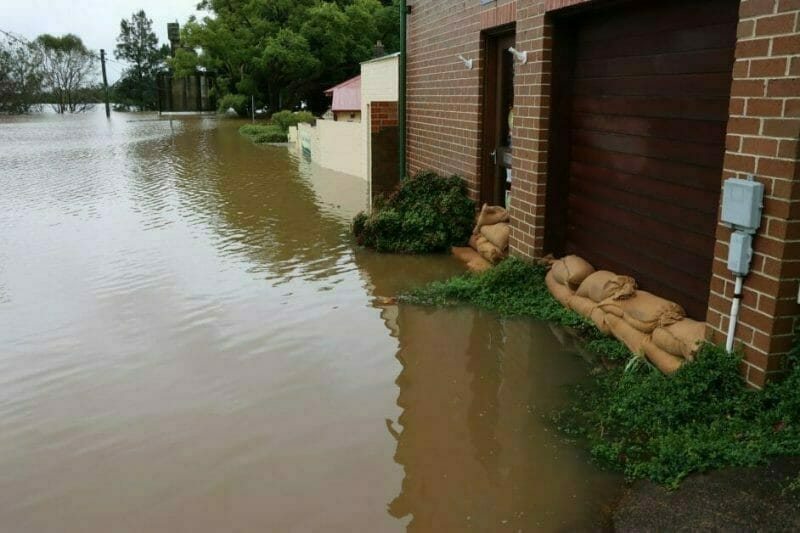Quick Navigation
If you live in a flood-prone area, you must be prepared for potential flooding.
This article gives some valuable tips on how to prepare your home in the event of a flood. It only covers things to do before a flood occurs. I have also listed emergency measures and additional things you can do to deal with situations when a flood is looming.
I provide a bulleted checklist below and cover each in more detail in the rest of the article below.
Preparing for a Flood
Protecting Your Family
To protect your family:
- You and your family should know what to do if a flood warning is issued, when a flood is about to occur, and what to do during and after a flood. Discussing these things helps reduce fear and be well-prepared.
- Ensure all family members know how to get in touch with each other and other people and essential services in case a flood occurs and you get separated.
Protecting Your Home and Belongings

To protect your home and belongings:
- Place your valuable belongings in high and safe places. Things that could get damaged during a flood should be kept in waterproof boxes and cases.
- If you have an old home that does not comply with regulations for flood protection, take steps to elevate it, strengthen its foundations, and erect flood protection barriers (as local building codes permit).
- Ensure all electrical, plumbing, and HVAC equipment (heating, ventilation, and air conditioning) are above the BFE (Base Flood Elevation level). This includes water heaters.
- Install back-flow prevention valves on all sewer lines to prevent dirty water from returning to the home and a sump pump to drain water. [1]
- If you have a basement in a flood-prone area, seal all its walls with waterproofing compounds. There should be no cracks through which water can seep.
Things to Know
Ensure you have information about and know the following:
- Find out which Flood Zone your property is located in so that you know the severity of the flood risk, how it affects your insurance, and what you can do if a flood occurs.
- Know where your local rivers and streams are flowing and which banks are most at risk of flooding.
- Stay informed about your local community’s flood risk and response plans, and check FEMA’s Flood Insurance Rate Map (FIRM).
- Have good knowledge of the local area and know all evacuation routes and destinations.
Things to Have

Ensure you have the following things:
- Create a household evacuation plan so that you know clearly what to do in a flood emergency.
- Prepare a flood emergency kit. It should include first aid equipment, a flashlight, and some cash. [2]
- Install a flood emergency app on your smartphone.
- Have access to an NOAA radio station online or through a smartphone app.
- Hand-operated or battery-powered equipment, such as torches and radios.
- Keep your valuable documents, including insurance policies, in a safe waterproof case and in a place less likely to be affected during a flood. You should also have copies of them, for example, on your phone and a pocket flash drive.
What to Do Before a Flood Occurs
Emergency Measures

These tips are for taking emergency measures before a flood is due to occur, usually when a flood warning has been issued:
- Have sandbags ready to create a barrier around your home’s entrances and other ground openings. [3]
- Have shovels ready as well, in case you need them.
- Unplug appliances to minimize damage from any power surges.
- Turn off the utility supplies (electricity, gas, and water connection) if necessary.
- If you have propane tanks, turn them off to avoid fire risk.
- Be alert to the news concerning the flood. Listen or constantly watch for the latest updates.
- Move the children, elderly, and any pets to the upper floors.
Additional Things You Can Do
If you have time, you can also do the following once the emergency measures are in place:
- Fill plastic bottles with clean drinking water.
- Ensure your car’s gas tank is full if you need to evacuate.
- Move your valuables and expensive furniture to higher floors.
- Bring outdoor equipment indoors.
- Cooperate with other people in your local community to help one another.
Take a look at some of our related articles below.
- What is an areal flood warning
- How high do I have to build above the base flood elevation
- How much is flood insurance in Florida
References
[1] Backflow Preventer Valves Info – https://www.wattsau.com.au/products/plumbing-flow-control-solutions/backflow-preventers
[2] A flood emergency supply kit – https://disastersupplycenter.com/products/flood-survival-kit
[3] Place sandbags across external openings – https://esa.act.gov.au/sites/default/files/2018-10/How%20to%20Sandbag%20your%20Home.pdf

